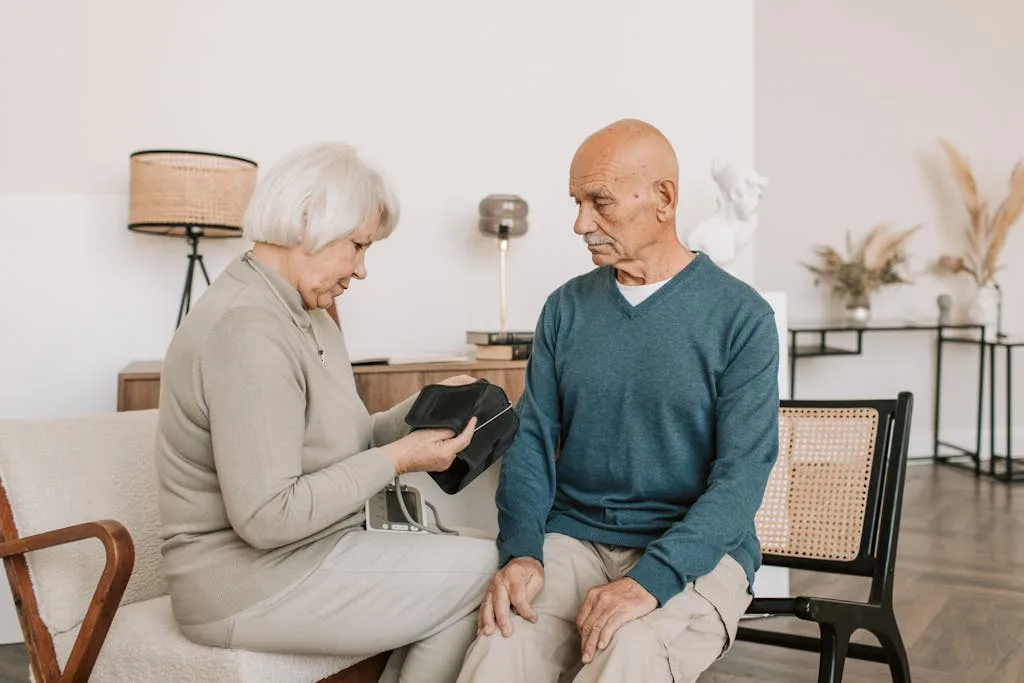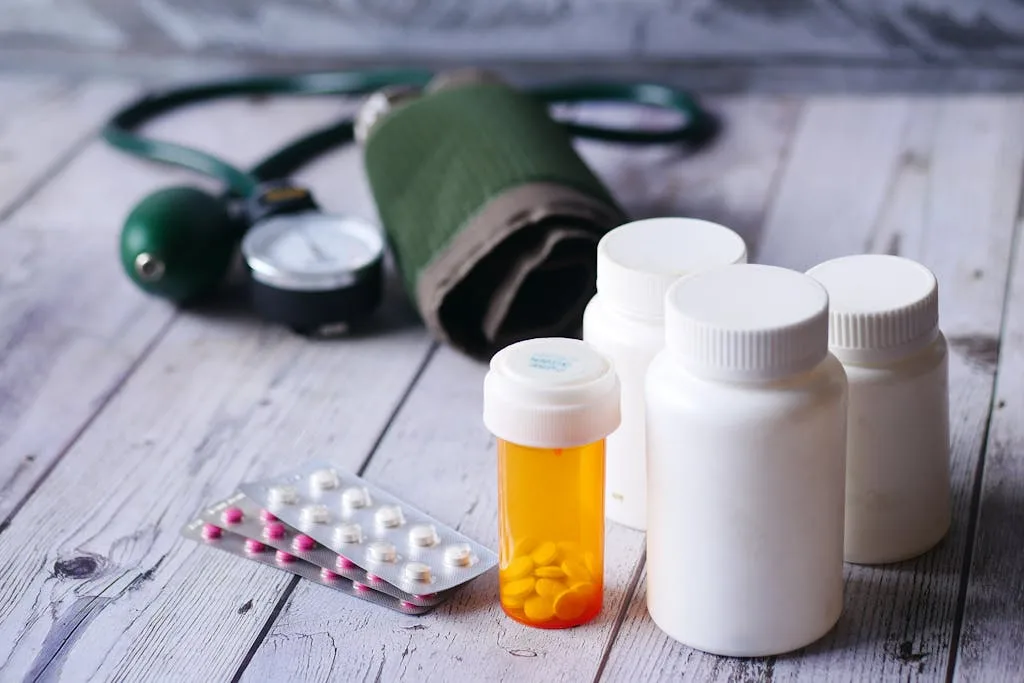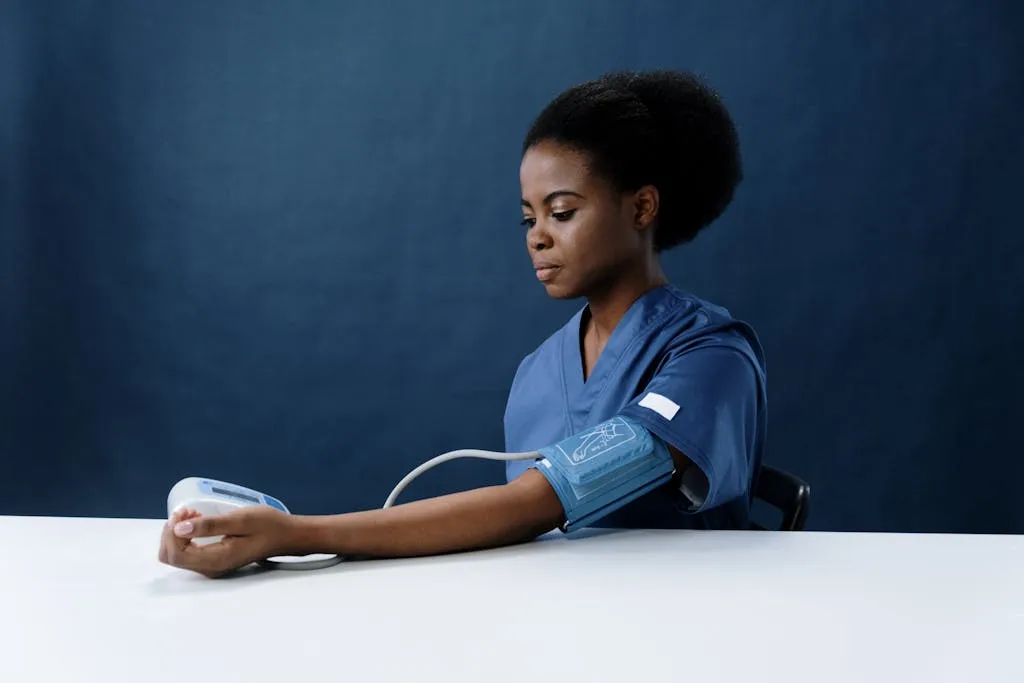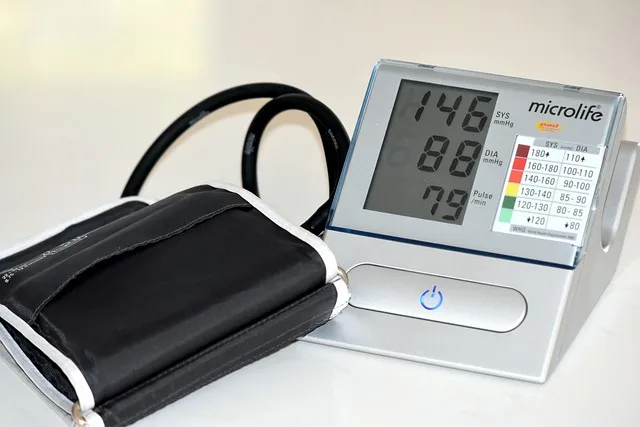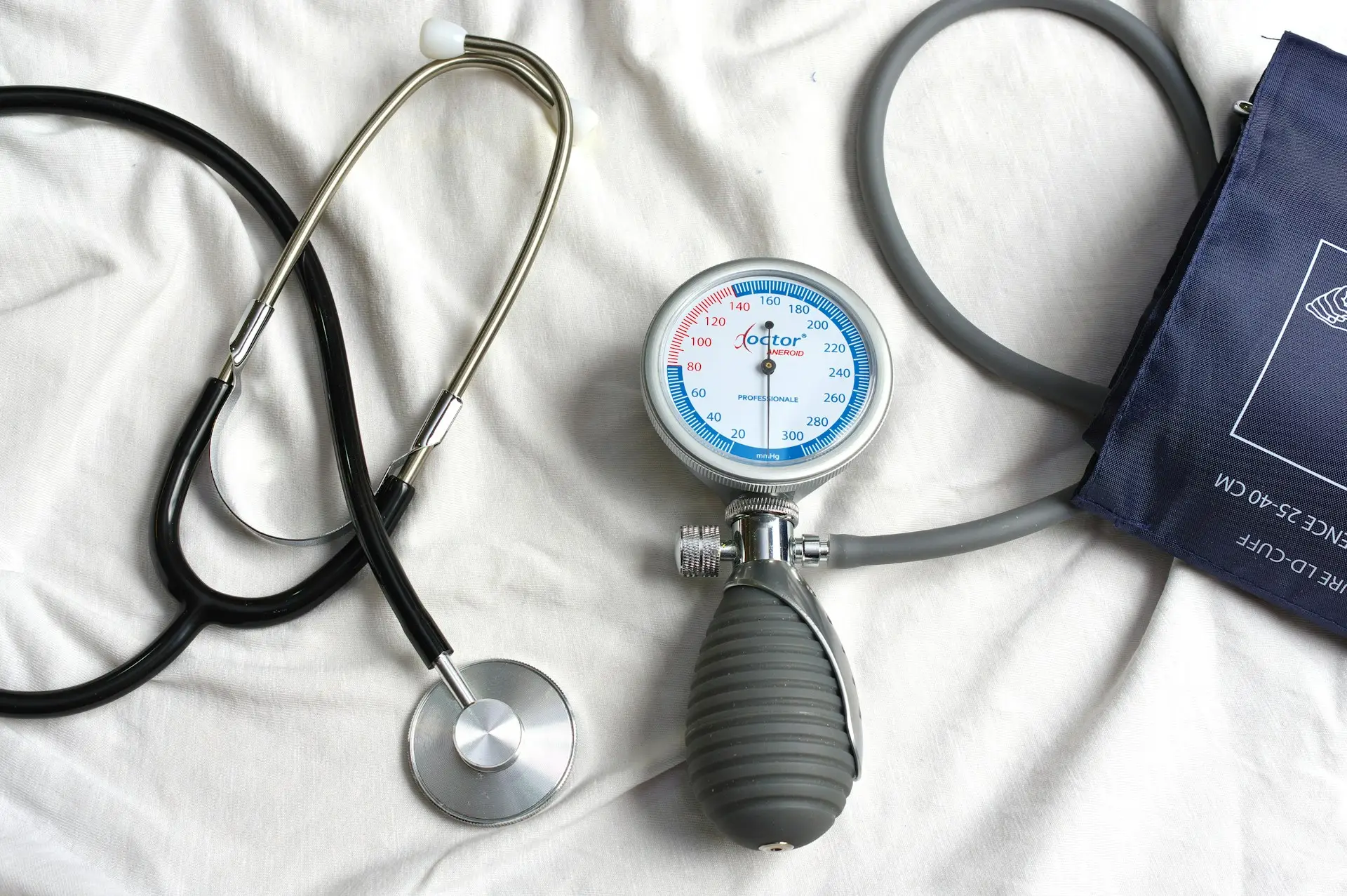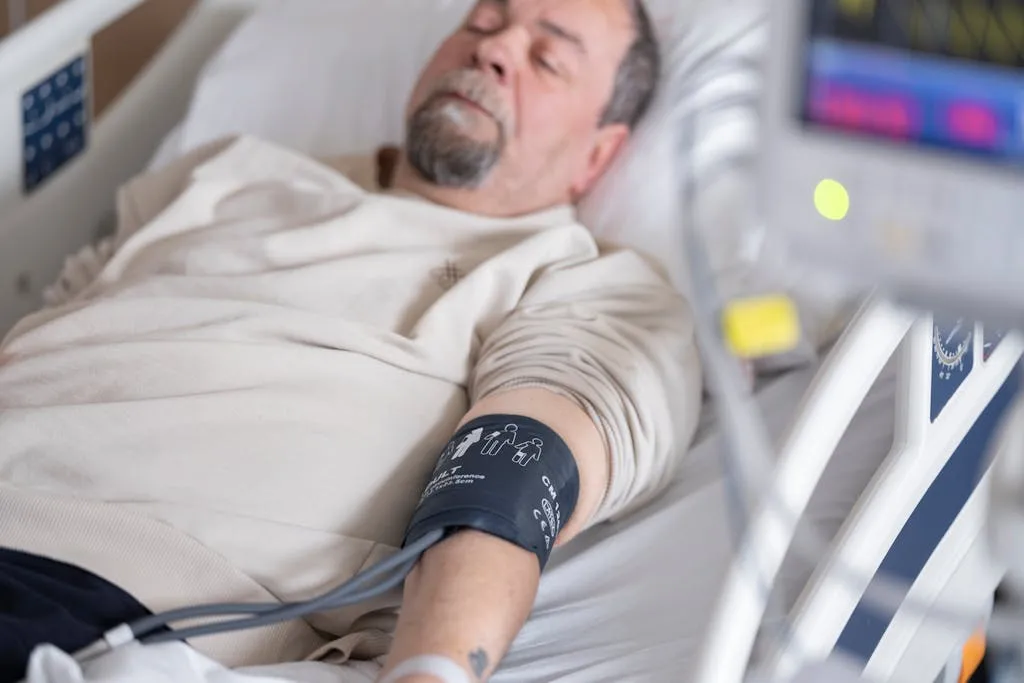Primary hypertension, also called essential hypertension, is high blood pressure with no known cause.
High blood pressure (hypertension) is when the force of blood inside your arteries is consistently higher than 130/90 millimeters of mercury (mmHg). Unlike primary hypertension, secondary hypertension is directly caused by a known condition.
According to the World Health Organization (WHO), about 1.3 billion adults aged 30–79 years have hypertension. About 9 in 10 adults with high blood pressure have primary hypertension.
Who is at risk of getting primary hypertension?
Even though the condition has no known cause, certain factors can increase your chances of getting it. These risk factors include:
- Eating a high salt diet
- Having diabetes
- Having chronic kidney disease
- Being overweight or obese
- Not exercising enough
- Being older than 65 years
- Smoking
- Taking too much alcohol
- Being black
- Having a family history of high blood pressure
- Chronic stress
What are the symptoms of primary hypertension?
Most people with primary hypertension have no symptoms. Over many years, the condition may become severe and cause symptoms like:
- Chest pain
- Headache
- Difficulty breathing
- Blurry vision
- Confusion
- Nosebleeds
- Dizziness
How is primary hypertension diagnosed?
To diagnose primary hypertension, a doctor will need to make sure you don’t have any medical conditions that may be causing your high blood pressure. To do this, the doctor will take a detailed medical history. A healthcare professional will then measure your blood pressure with an inflatable arm cuff attached to a pressure gauze or a digital display unit.
Blood pressure is measured in millimeters of mercury (mmHg) and a blood pressure reading has two numbers:
- Systolic pressure (top number) is the pressure during a heartbeat.
- Diastolic pressure (bottom number) is the pressure between 2 heartbeats.
According to the American College of Cardiology and American Heart Association, blood pressure above 130/80 mmHg is considered high enough for a diagnosis of hypertension.
While, according to the European Society of Cardiology and European Society of Hypertension, you need to have a blood pressure of 140/90 mmHg and above to be diagnosed with hypertension.
How is primary hypertension managed?
Managing primary hypertension involves a combination of medications and lifestyle changes.
Medications that may be used to control your blood pressure include:
- Beta-blockers such as metoprolol, atenolol, propranolol
- Calcium channel blockers like amlodipine, nifedipine, diltiazem
- Diuretics like furosemide, hydrochlorothiazide, spironolactone
- Direct vasodilators like hydralazine
- Angiotensin-converting enzyme (ACE) inhibitors like captopril, lisinopril, enalapril
- Angiotensin II receptor blockers (ARBs) like losartan, valsartan, telmisartan
Lifestyle changes that may help to reduce your blood pressure include:
- Eating a heart-healthy diet rich in fruits and vegetables but low in fatty foods
- Reducing alcohol intake
- Stopping smoking
- Exercising regularly
- Decreasing your sodium (salt) intake and increasing your potassium intake
- Attaining and maintaining a healthy weight
- Managing stress better
What are the complications of primary hypertension?
Over time, primary hypertension can damage blood vessels throughout the body if not treated. Damage to blood vessels can lead to serious complications like:
- Stroke
- Dementia
- Kidney disease
- Heart failure
- Vision problems
- Heart attack
- Abnormal heartbeats (arrhythmias)
How can I prevent primary hypertension?
Because the condition has no known cause, there is no sure way to prevent it. However, you can reduce your chances of getting it. This requires you to make healthy lifestyle choices similar to those recommended for preventing worsening of the condition in those who already have it. These include consuming an appropriate diet, being physically active, maintaining a healthy weight and avoiding smoking and alcohol intake.
What should I remember?
Primary hypertension, or high blood pressure without an identifiable cause, is a common and often silent condition that can lead to serious health issues if untreated. While it develops gradually, it increases the risk of heart disease, stroke, and other complications over time.
Managing primary hypertension usually involves lifestyle changes like eating a balanced diet, exercising regularly, and reducing stress. For some people, medication may also be needed to keep blood pressure within a healthy range. Staying informed and working closely with your healthcare provider are key steps to managing this condition effectively and maintaining long-term health.

